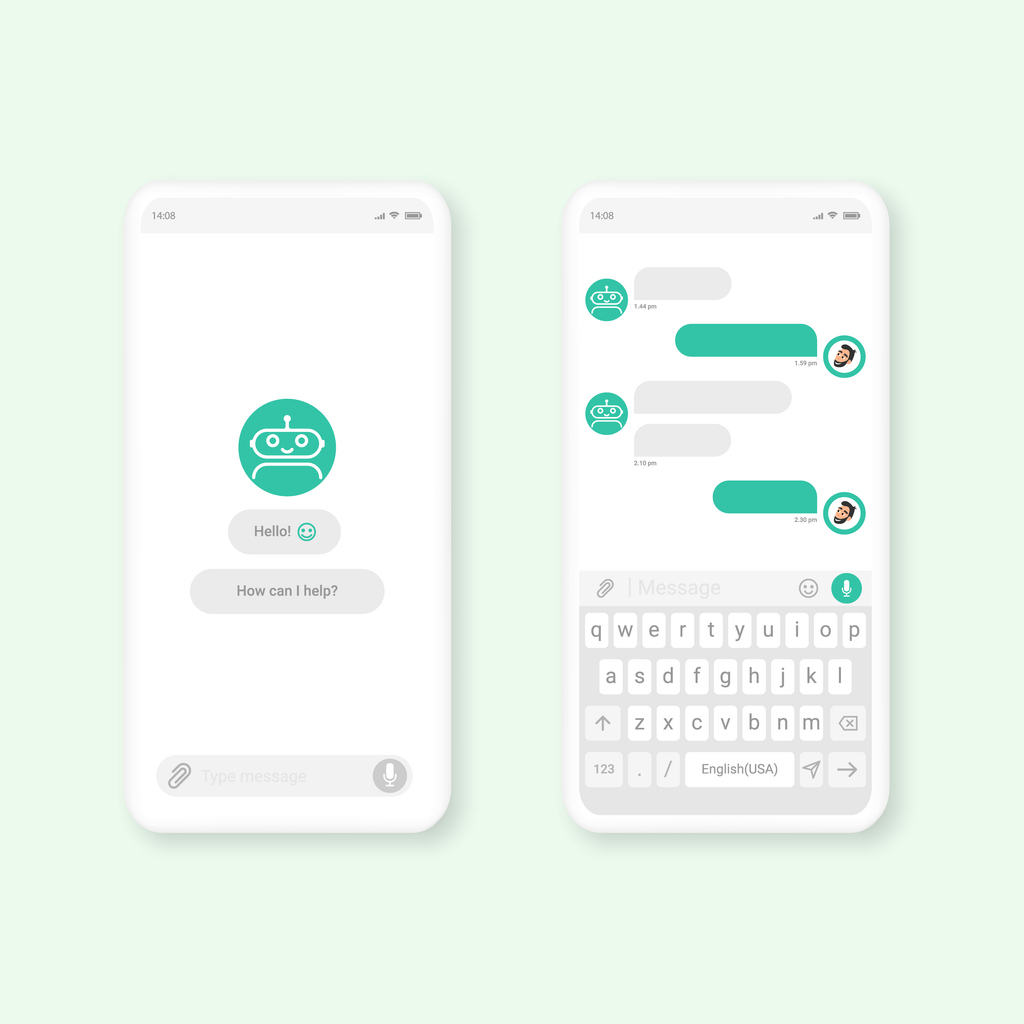In collaboration with legendary designer Jony Ive, OpenAI is developing a new screenless AI device expected to launch in 2026. Watch the teaser here. Designed to fit in your pocket, the device aims to be a personal AI companion that understands your context and environment without needing a traditional display.
It's a bold step toward a future of ambient, voice-first interaction. For UX designers, it signals a fundamental shift in how we approach user experience. Below, we explore what this means for the future of interaction paradigms and how we might need to adapt our design processes.
From screens to seamless: evolving beyond the interface
We’re moving beyond screens but not leaving them behind. As new devices like OpenAI’s upcoming screenless AI companion enter the market, digital experiences will increasingly be shaped by voice, gesture, and passive sensing. We’ve seen this evolution with devices like Alexa, and it’s accelerating.
This isn’t the end of UI, but a diversification of it. Interfaces won’t always be something we consciously look at or touch. Instead, technology will become more ambient, blending into our environment and reducing the need to physically interact with a device. As technology becomes more ambient, conversations, behaviours, and intent will play a bigger role in how people interact with products and in how we design those experiences.
Context-aware experiences that truly adapt
Designers have always considered user context (environment, location, time of day, tasks), but now that context will be captured with far more granularity. Devices will increasingly detect not just location and activity, but also who you’re with, how you’re feeling, and the social context, enabling more emotionally and situationally aware experiences.
This shift will open up new possibilities for personalisation, but it also means we need to be more thoughtful in how we design for diverse environments, states of mind, and individual needs. Our work must be flexible enough to support users across varied and changing situations while offering clarity and control.
Proactive, anticipatory experiences
We’re also seeing a move toward anticipatory UX. Devices are starting to act before the user makes a request, offering reminders, summarising meetings, or nudging the next best action. This can be incredibly useful, but only if it’s done with care.
Designing helpful, noninvasive systems means getting the tone, timing, and level of intervention right. Anticipation should feel intuitive, not invasive. To achieve that, we must understand user expectations, preferences, and comfort levels through ongoing research.
Designing for trust and accountability
As AI becomes embedded in everyday life, trust will be central. Users will want to understand what the system is doing, why it’s doing it, and how to control or override it. That means more than just good UX copy; it’s about transparency, choice, and predictability.
Trust is a fundamental requirement for designing AI-powered experiences. From data privacy to decision-making logic, people deserve to know how the systems around them work and feel in control of them. Designers must prioritise openness, clarity, and simplicity to foster genuine confidence in AI-powered tools.
Why continuous user research matters even more
As people’s relationships with digital technology shift, we need to stay close to their lived realities. Regular, contextual user research has always been critical, and that won’t change, but the questions we ask, the behaviours we study, and the environments we observe must evolve.
We must understand how people engage with technology in different settings, how emotions and mental states affect interaction, and how expectations vary across cultures, ages, and ability levels. From accessibility needs to regulatory concerns (think of vulnerable children and adults), we must design with nuance and responsibility.
Innovation processes like design thinking will be key. Building the right thing and building it well requires structured discovery, rapid prototyping, and constant iteration. We can’t rely on assumptions. Research and experimentation will guide us through this period of change.
Building ethical, human-centred AI
Designing ethical AI is a responsibility we must lead with. Addressing privacy, bias, and misuse is essential to creating technology that truly serves people and society. Data privacy, misinformation, manipulation, and exclusion are real concerns. As designers, we have a responsibility to advocate for responsible design that works in the best interest of people and society, not just business metrics.
Designers are uniquely positioned to ask the difficult questions. Who benefits? Who might be harmed? What safeguards are in place? We must embed ethical considerations into every step of the process and push for transparency, fairness, and inclusivity in everything we create.
Designing for what’s next
At Fruto, we’ve been at the forefront of AI-driven design for many years, collaborating with innovators in autonomous vehicles, next-generation healthcare, and other emerging technologies to create user experiences that are both intuitive and impactful.
We’ve seen firsthand how technology evolves and how critical it is to keep humans at the centre of it. While interaction paradigms are changing, the core principles of good UX remain: understanding human needs in depth, designing for meaningful outcomes, ensuring inclusive accessibility, and creating experiences that build brand trust and drive business value.
We believe that as AI becomes more ambient and powerful, our job as designers becomes even more important. In the end, technology should serve people, and it’s our role to make sure it does.
📬 Want more insights like this? Sign up for our newsletter for regular updates on product strategy, user experience design, and emerging tech.
We’d love to chat if you’re a product team considering how AI could shape your user experience. Get in touch!





